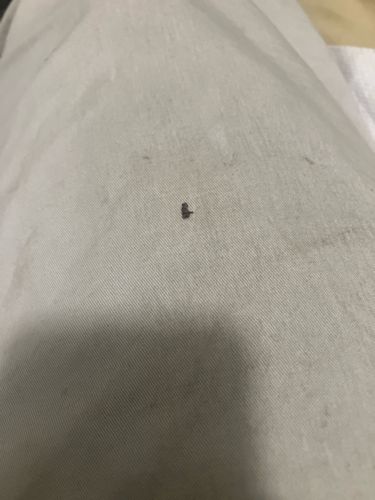Flea
Scientific Name: Siphonaptera (order), various species
Order & Family: Order: Siphonaptera, Family: Pulicidae (most common for pests)
Size: 1.5 mm to 3.3 mm in length

Natural Habitat
Fleas are parasitic insects that live on the bodies of warm-blooded animals, including mammals and birds. They are often found in animal bedding, carpets, upholstered furniture, and cracks in floors, especially where pets or other animals rest.
Diet & Feeding
Adult fleas feed exclusively on the blood of their hosts (hematophagy). Both male and female fleas feed.
Behavior Patterns
Fleas have a life cycle of four stages: egg, larva, pupa, and adult. Eggs are laid on the host but often fall off into the environment. Larvae feed on organic debris, especially adult flea feces (flea dirt). Pupae spin silk cocoons and can remain dormant for extended periods. Adults are highly mobile, using powerful legs to jump, and quickly seek a host for blood meals. They are known for their rapid reproduction.
Risks & Benefits
Risks: Fleas are considered pests due to their biting habits, causing itching, skin irritation, and allergic reactions in humans and pets. They can transmit diseases such as murine typhus and can be intermediate hosts for tapeworms (e.g., Dipylidium caninum). Severe infestations can lead to anemia in young or compromised animals. Benefits: There are no direct benefits to humans or ecosystems from fleas; they are primarily known for their detrimental effects as parasites and disease vectors.
Identified on: 10/15/2025